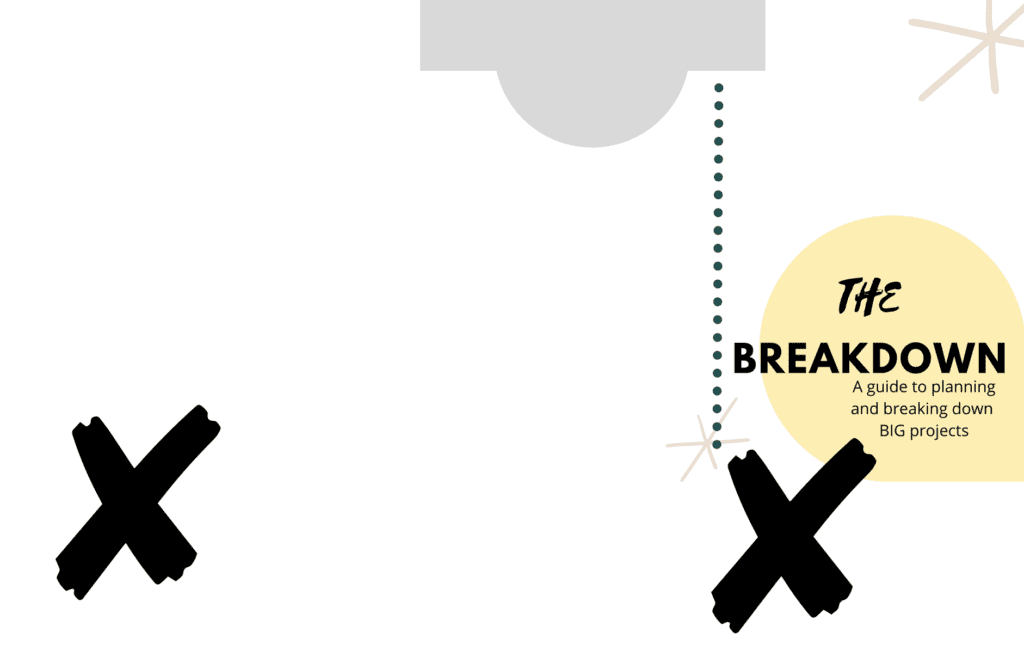How to Create and Use an Idea Generation Chart
Adding Constraints
When you’re trying to solve a problem or develop an idea, it can help if you add constraints. Constraints focus your thinking and can speed up the ideation process. Some examples of constraints are time, materials, or size. You can also use constraints to stretch and shrink the problem you’re trying to solve. You could ask yourself what happens if you make the problem bigger, and what happens if you make the problem smaller?
Example Problem: You have a paper due in two days that you haven’t started.
We could make the problem bigger by saying you have to write a 50-page paper in two days with five resources. Next, reflect on whether making the problem bigger helps spark new solutions or ways to approach your essay.
Now, let’s make the problem smaller; you have to write a paragraph in the next two days.
The framing that you put around your problem by adding, removing, or adjusting constraints helps change your thinking and approach. The goal is to continue to define better what you’re trying to solve.
You may realize that you aren’t only trying to understand how to get this paper written in two days; you’re trying to figure out how to get better at breaking down large projects into manageable tasks so that you don’t always feel overwhelmed.
Another practice to help you generate ideas is an idea generation chart; an idea generation chart helps by making it fast and simple to create new combinations.
Comparing, combining, and connecting are powerful ways to generate our ideas.
What categories relate to your problem? How can those categories be combined?
Example: We’re going to stick with the paper example to see how various idea generation practices work with the same problem.
What are words or categories that relate to writing a paper?
- Number of pages
- Topic
- Method of Writing
- Due Date
These are the overarching categories for your idea generation chart.
Next, you’ll fill in responses below each category. For example, under pages, you could put 3, 5, 10, and 20—complete filling in each section of the chart.
Once you have all of your chart boxes completed, it’s time to start combining to create various prompts and constraints.
Examples
Write five pages (number of pages) about animals (topic) using the process of blackout poetry (method of writing), and it’s due in eight days (due date).
Write three pages (number of pages) about color (topic), using the method of collage ( method of writing), and it’s due in six days (due date).
Now that you have more defined problems, it’s time to test them. You might uncover that getting started with using blackout poetry speeds up your process because the real reason that you never start your papers on time is that you struggle with a blank page, so the blackout poetry solves that problem.
Now it’s your turn to create an idea generation chart.
